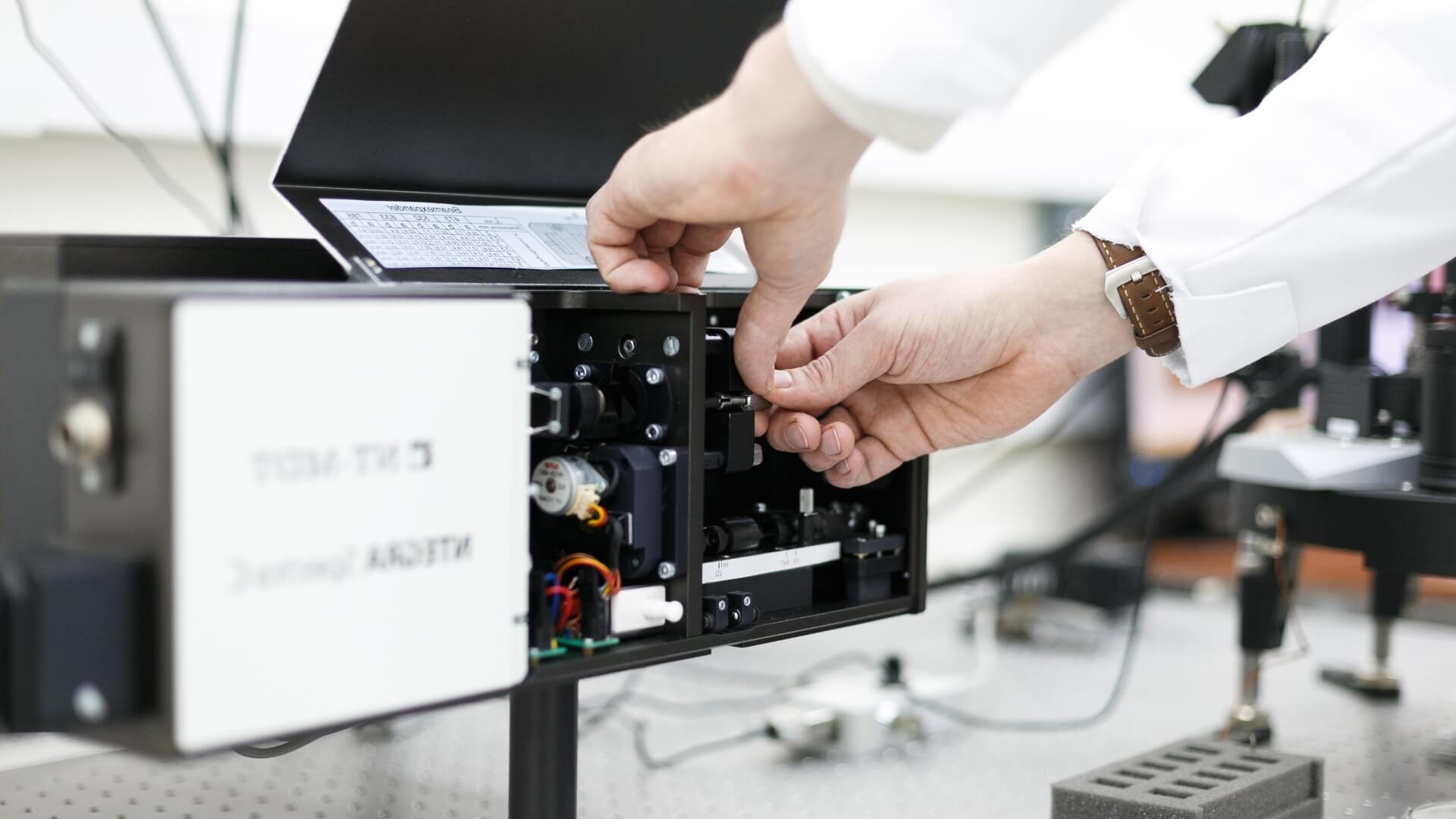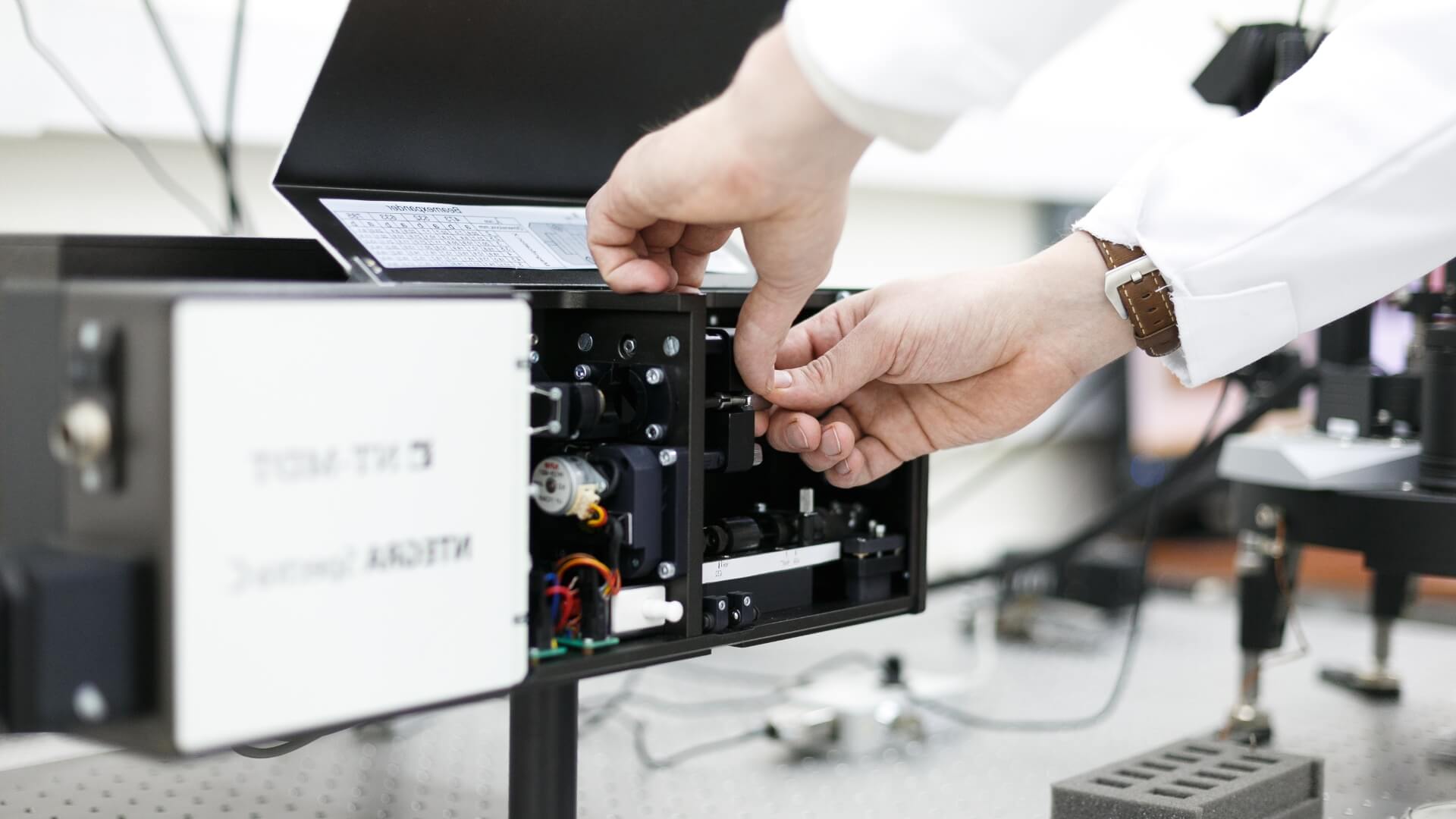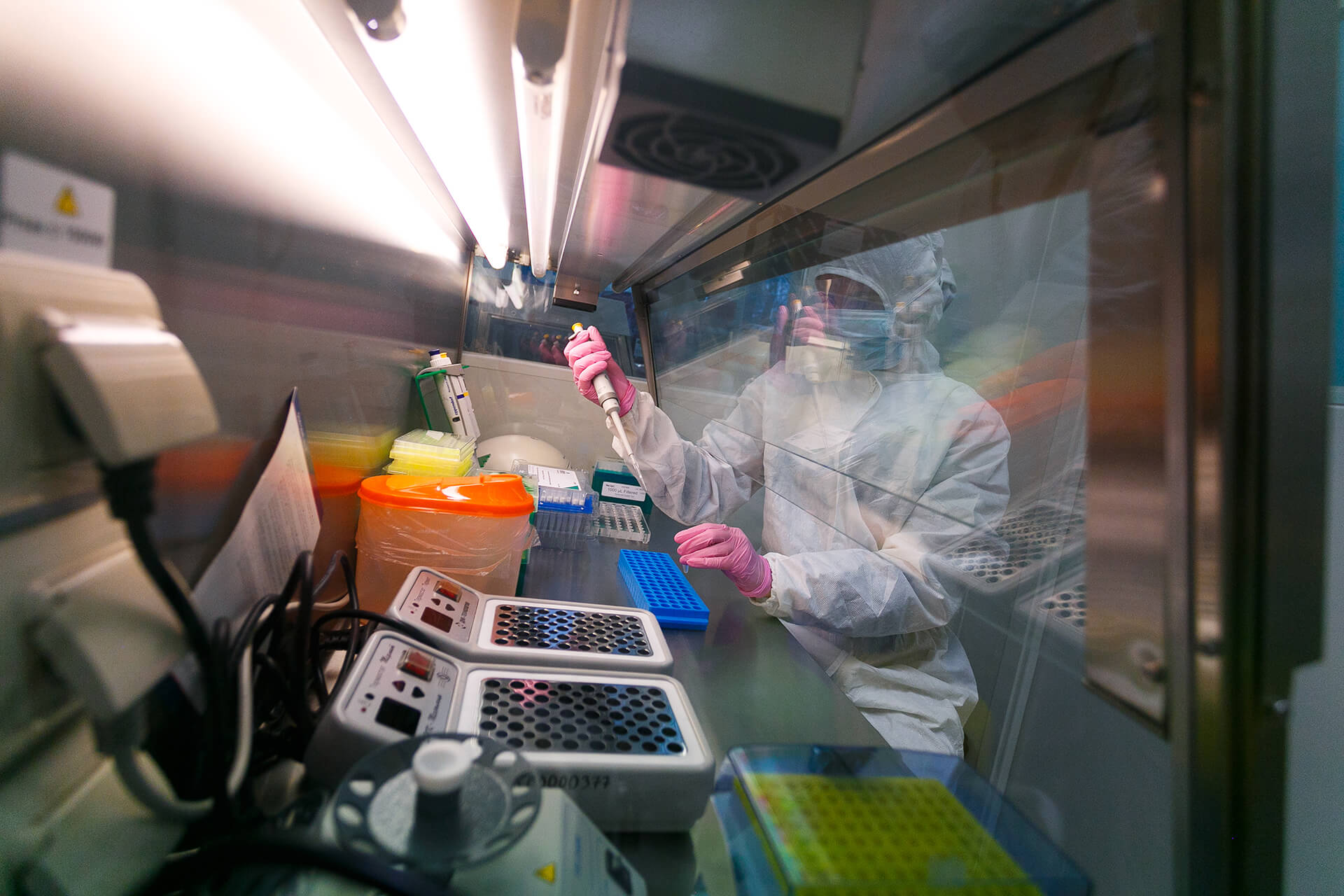







There are many methods of 3D-bioprinting. Most of them use a certain layer-by-layer framework of the biological tissues. The resulting bulk material is then sent to the incubator where the cultivation continues. There are ways in which biological objects are developed without the use of multi-layer approach, for example, magnetic bioprinting, when the cell material is directed to the desired location by means of the magnetic fields. In this case, the cells should be labeled in some way with magnetic nanoparticles.
The researchers from the 3D BioprintingSolutions company in collaboration with the other Russian and foreign scientists developed the new method of bioprinting that allows to create 3D- biological objects without the use of layer-by-layer approach and magnetic labels. This new method was developed with the contribution from the Joint Institute for High Temperatures of the Russian Academy of Sciences (JIHT RAS).
"During the period from 2010 to 2017, a series of unique experimental studies were carried out aboard the Russian Orbital Segment of the International Space Station at the experimental setup "Coulomb Crystal". The main element of that device is an electromagnet that creates a special inhomogeneous magnetic field in which the structures of the diamagnetic particles (they are magnetized against the direction of the magnetic field) can be formed in the microgravity conditions," as explained by one of the authors, Mikhail Vasiliev, head of laboratory of dusty plasma diagnostics in JIHT RAS.
In their experimental study, the JIHT researchers described how small charged particles behave in the magnetic field of a special shape under the microgravity conditions, including zero gravity. In addition, the scientists developed a mathematical model of this process based on the methods of molecular dynamics. These results explain how to obtain homogeneous and extended three-dimensional structures consisting of the thousands of the particles.
The conventional methods of magnetic 3D-bioprinting had a number of limitations associated with the gravity. To reduce the influence of the gravitational forces, one can increase the power of magnets that control the magnetic field. However, this will complicate the bioprinter considerably. The second way is to reduce the gravity. A group of scientists from 3D BioprintingSolutions used this approach. The new method is called "formative three-dimensional biofactory" and it allows you to create three-dimensional biological structures not in layers but immediately from all the sides. The researchers applied the experimental data and the results of the mathematical modeling obtained by the JIHT RAS scientists to control the shape of such structures.
"The results of the Coulomb crystal experiment on the study of the formation of the spatially ordered structures led to the development of a new method for the formative 3D-biofactory of the tissue-like structures based on the programmable self-assembly of the living tissues and organs under the conditions of gravity and microgravity by means of an inhomogeneous magnetic field," summarized the author.
Bioprinters based on the new technology application will be able to create various biological constucts that can be used, for example, to estimate the adverse effects of the space radiation on the health of the astronauts in the long-term space missions. In addition to that, according to the authors, this technology will be able to restore the function of the damaged tissues and organs in the future.

